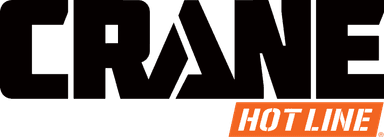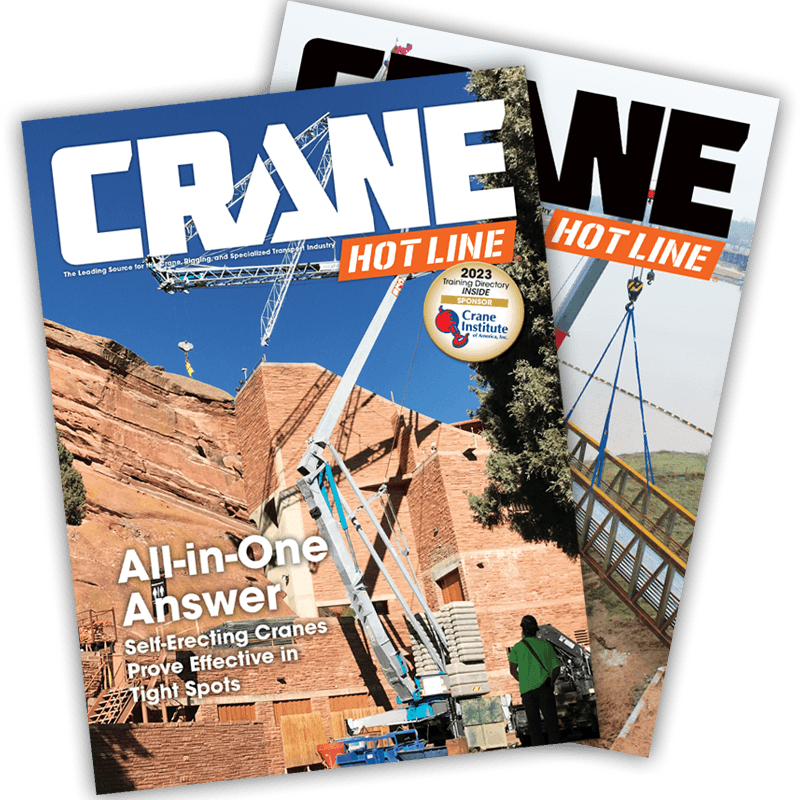Penny Pincher
Subject: Skyjack SJIII 3219 DC-powered scissor lift; m
anufactured by Skyjack, Inc., Guelph, Ontario; featuring a 19-foot platform height and an overall width of 32 inches. Other key features include 550-pound capacity, true pivot steering, and a 36-inch roll-out deck extension.

Enlarge Image
Image 1. The Skyjack SJIII 3219.
Serial number: 237853
Date in service: September 2003
Hours in service: 211
Equipment owner: Ahern Equipment Rentals,
Service location:
Date of review: 7-24-06
July 26, 2006 • Priding itself on the ruggedness of its products and engineering them to provide the lowest cost of ownership possible, the SJIII 3219 scissor lift definitely does not disappoint. Introduced in 1998 as the replacement machine for the very popular SJM (mini) 3219, which was first introduced in 1993, the first SJIII 3219 offered several upgrades to its predecessor. Key enhancements included replacing the two-speed drive with a proportional system as well as the addition of a pothole protection system. The unit I evaluated (Image 1) was selected at random from Ahern's “Rent Ready” line at its yard in

Observation highlights
Structurally, the unit has held up wonderfully. Note the straight guardrails in Image 2.

Enlarge Image
Image 2. Heavy wall guardrail material limits sagging.
Skyjack uses inverted U-shaped steel channels to bridge the area between the main guardrails when the deck is extended. This not only acts as grab points to roll the deck in and out, but
is also robust enough to deal with a lot of abuse. Rolling out the 36-inch deck extension required minimal effort. I must confess I have never been fond of the way Skyjack pins the deck • the holes where the pins are placed to stow the deck allow for only a totally extended or totally retracted configuration. It can also be just a little difficult to pull and or replace the keeper pins if the rails are slightly out of alignment. The very robust, all-steel diamond plate deck was slightly corroded, but couldn't have been any straighter than when the machine was new. Other than a little overspray, the aluminum control box, as shown in Image 3, was in fantastic shape.

Enlarge Image
Image 3. Skyjacks signature aluminum control box is nearly bullet proof.
A close inspection of the unit showed no evidence of there ever having been a hydraulic leak • an observation that would be confirmed later when reviewing the service records. If you refer to Image 4, you will see the only potential hose issue I could find. This is where the hoses connect to the hydraulic drive motors. These motors pivot 90 degrees to facilitate the pivot steering. This constant bending has put a lot of stress on the hoses and is starting to show. Due in large part to design considerations and precautions throughout the unit, the remaining hoses and electrical cables showed no signs of abnormal wear.

Enlarge Image
Image 4. The only potential for a leak found is where hydraulic lines feed the drive motors.
If you own a Skyjack scissor, please make sure that you keep the king pins that the drive motors ride on properly greased (Image 5). Many competitive units use grease-free pins. If you own both, you might fail to realize the different requirements.

Enlarge Image
Image 5. For smooth and maximum wear keep the steering pins properly greased.
Skyjack has a very simple philosophy when it comes to wiring its products. They are all the same, utilizing a standardized number and color-coding system throughout its entire scissor lineup. One other very helpful step the company takes to assist in troubleshooting is exhibited in Image 6. Pictured are the limit switches that work with the various safety interlocks. Note the numbers shown on each. These numbers correspond to the wires that complete their circuit. That way, there is no guessing which wire belongs to which switch.

Enlarge Image
Image 6. Limit switches are number coded to correspond to the related circuit wires.

It is very pleasing to get on a lift and discover your steering input translates into exactly what you intended. That was the case with this unit. Not only was it precise, but it was also balanced • that is to say it wasn't to fast or two slow, and the speed from lock to lock was consistent throughout the entire operating range. I mentioned earlier that the SJIII's have proportional controls, a point that I verified with Skyjack. Strangest thing is that when I drove this machine there were three distinct steps in speed: creep, slow, and fast. Although it was hard to explain why I observed this, I would later learn that one of the few breakdown repairs in the records related to a rebuilt drive controller. Ahern rebuilds its own joysticks so it's possible that it used a different potentiometer or set it up something differently. It really didn't matter as the operation was seamless and pleasing.

Service issues
The single biggest service issue noted for this unit involved the battery charger. In this case, it was the solid-state Bycan Systems charger that failed. These chargers did not live up to Skyjack's rigid quality standards and have been replaced with a Signet-supplied 24V charger.
As previously noted, Ahern had to rebuild the OEM-supplied joystick. I would also note that the batteries are not the originals. All Skyjack machines originally come with Interstate Batteries. You can see in Image 7 that a set of Trojan Batteries T605's now power this unit.

Enlarge Image
Image 7. Aftermarket Trojan batteries are easily serviced via the easy to swing-out tray.
Trojan might be a little more expensive, but Ahern has years of success with its deep-cycle batteries, which sit in a swing-out service tray. You can find the same swing-out tray on the other side, housing the hydraulic pump and valves. I know some, myself included, had questioned the soundness of placing so much leveraged weight on a single hinge. However, I opened and closed both sides repeatedly, and noted they were still in perfect alignment.

It seems quite obvious that Ahern loves Skyjack machines. Once you review the computerized service records, it becomes obvious why. Total parts cost for all repair parts, tire replacement, and scheduled maintenance was less than $700. That's just $230 a year! Back out the $293 charger, and the cost to maintain this unit is even more impressive -- like pennies a day!


